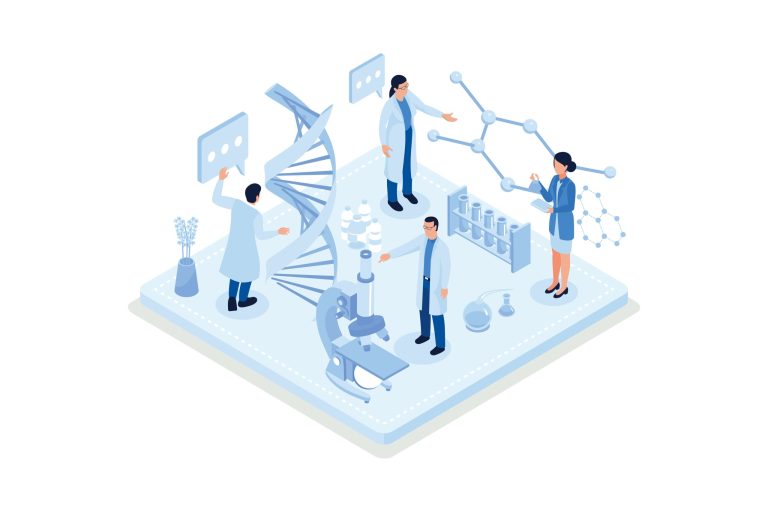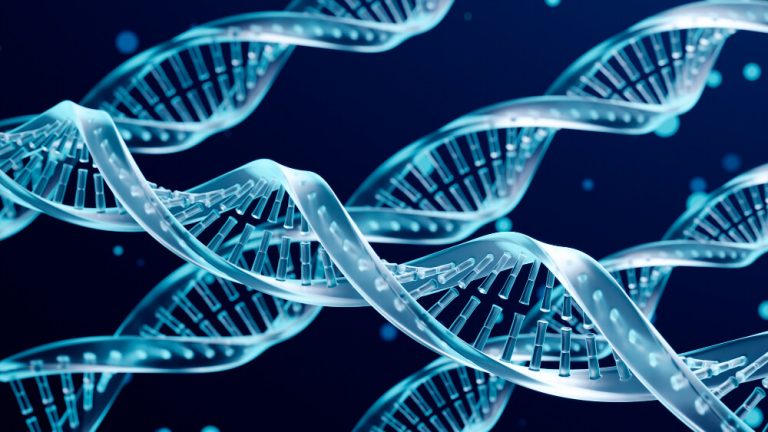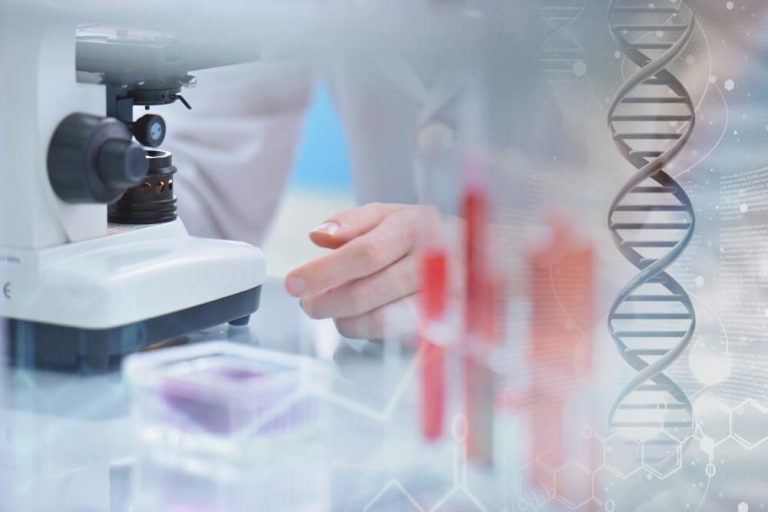Unlock Your Youthful Vitality: The Ultimate Guide to Hormones and Longevity Training
We all share a fundamental desire to not just live longer, but to live better. The goal isn’t merely adding years to our life, but adding life to our years. This means maintaining our energy, strength, mental clarity, and overall zest for life as we age. The secret to achieving this vibrant longevity lies deep within our own biology, orchestrated by a complex and powerful network of chemical messengers: our hormones.
As we age, the natural decline of key hormones can feel like a slow dimming of our inner fire. We might notice a loss of muscle, stubborn weight gain, persistent fatigue, or a dip in our mood and motivation. This is not an inevitable fate but a biological process that we can influence. By understanding the intricate dance between our lifestyle and our endocrine system, we can take proactive steps to support our hormonal health and extend our healthspan.
This is where the power of a strategic approach comes into play. A comprehensive plan that combines targeted physical activity, smart nutrition, and a deep understanding of our body’s chemistry is the foundation of modern anti-aging science. Embracing a lifestyle centered on longevity and hormone training empowers you to become an active participant in your own aging process, rewriting the script for what it means to grow older.

What Are Hormones and Why Do They Matter for Aging?
Think of hormones as the body’s internal communication system. Produced by various glands that make up the endocrine system, these powerful molecules travel through the bloodstream, delivering instructions to virtually every cell, tissue, and organ. They regulate everything from your metabolism and energy levels to your sleep cycles, mood, immune response, and sexual function.
This hormonal symphony works beautifully when all the instruments are in tune, which is typically the case during our youth and early adulthood. However, as the years pass, the production of many crucial hormones begins to wane. This process, sometimes called hormonal aging, is a key driver of many of the changes we associate with getting older.
When hormone levels drop or become imbalanced, the messages they send can become weak or garbled. This disruption can lead to a cascade of effects. You might experience decreased muscle mass and bone density, a slower metabolism that makes weight management difficult, brain fog, reduced libido, and an overall decline in vitality. Understanding this connection is the first step toward counteracting it.
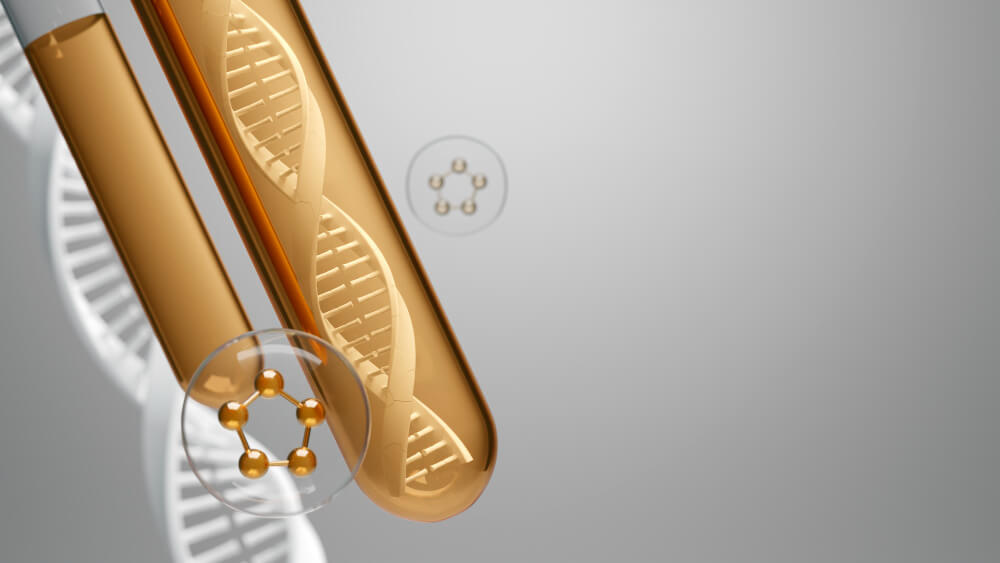
Which Hormones Have the Biggest Impact on How We Age?
While hundreds of hormones are at work in your body, a few key players have an outsized impact on the aging process. Focusing on these specific hormones can provide the most significant leverage in a longevity strategy. They are the primary targets for lifestyle interventions and, when necessary, medical support.
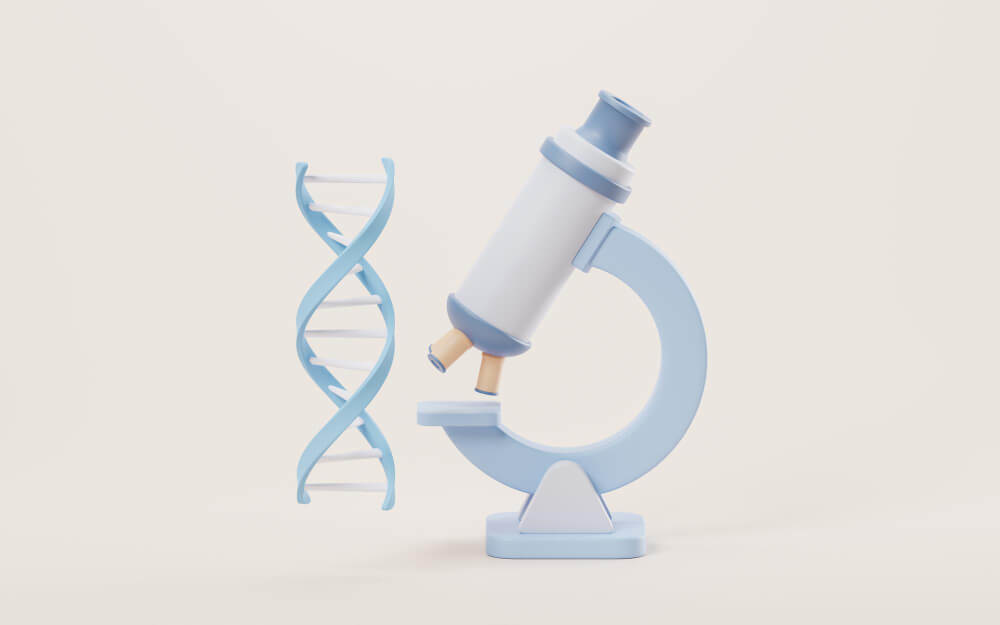
How does testosterone affect both men and women?
Though often labeled the ‘male hormone’, testosterone is vital for both sexes. In men, it is crucial for maintaining muscle mass, bone strength, red blood cell production, and libido. Its decline, a condition known as andropause, is linked to fatigue, depression, increased body fat, and cognitive changes.
In women, testosterone is produced in smaller amounts but is just as important. It contributes to bone health, lean muscle maintenance, energy levels, and sexual desire. Low levels in women can lead to similar symptoms of fatigue and low vitality, highlighting its universal importance for healthy aging.

What is the role of estrogen and progesterone?
Estrogen and progesterone are the primary female sex hormones, but they have far-reaching effects beyond reproduction. Estrogen is critical for maintaining bone density, skin elasticity, and cardiovascular health. It also plays a role in cognitive function and mood regulation.
The sharp drop in estrogen during menopause is responsible for many well-known symptoms like hot flashes, night sweats, and vaginal dryness. More importantly, this decline significantly increases the risk for osteoporosis and heart disease. Progesterone works in concert with estrogen, often having a calming effect and promoting healthy sleep. Maintaining a healthy balance of these hormones is a cornerstone of female longevity.
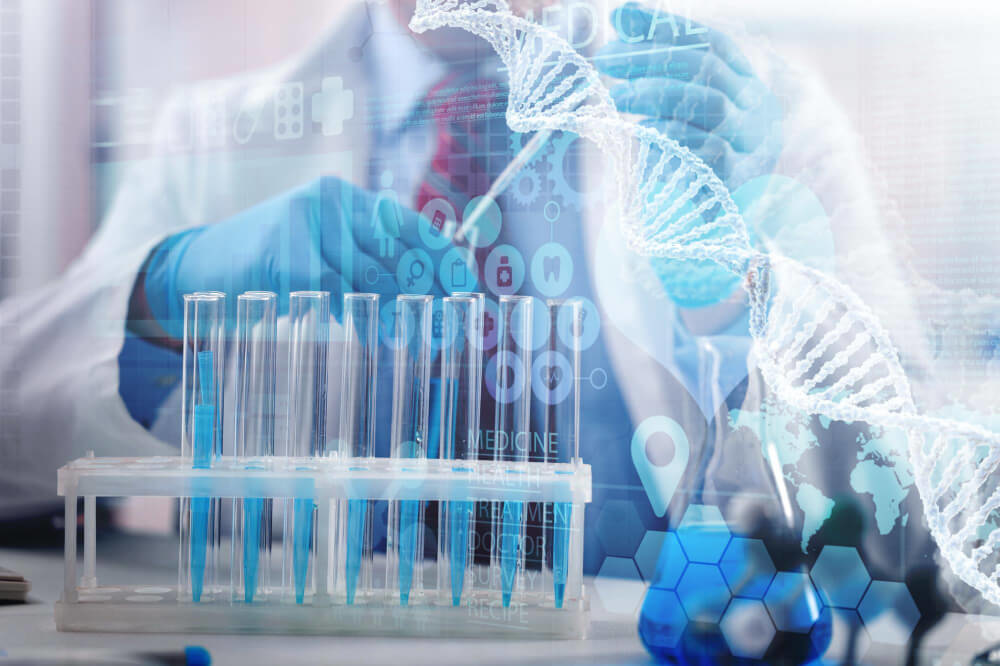
Why is Human Growth Hormone (HGH) called the ‘youth hormone’?
Human Growth Hormone, produced by the pituitary gland, earns its nickname for a reason. During childhood and adolescence, it fuels our growth. In adulthood, it transitions to a role of maintenance and repair. HGH is essential for cell regeneration, maintaining healthy body composition by encouraging fat metabolism, and supporting muscle and bone integrity.
Production of HGH peaks in our twenties and begins a steady decline thereafter. This reduction contributes to the loss of muscle, increase in body fat, and decreased skin thickness that often accompany aging. Optimizing the body’s natural production of HGH is a key goal of hormone-focused training.

How does DHEA contribute to vitality?
DHEA, or dehydroepiandrosterone, is a precursor hormone produced by the adrenal glands. This means the body converts it into other hormones, including testosterone and estrogen. Its production peaks in our mid-twenties and declines dramatically with age, often falling by 80-90% by the time we reach our seventies.
Because it’s a building block for other key hormones, declining DHEA levels can have a widespread impact. It’s associated with immune function, energy levels, mood, and the body’s ability to handle stress. Supporting healthy DHEA levels can contribute to an overall sense of well-being and resilience.
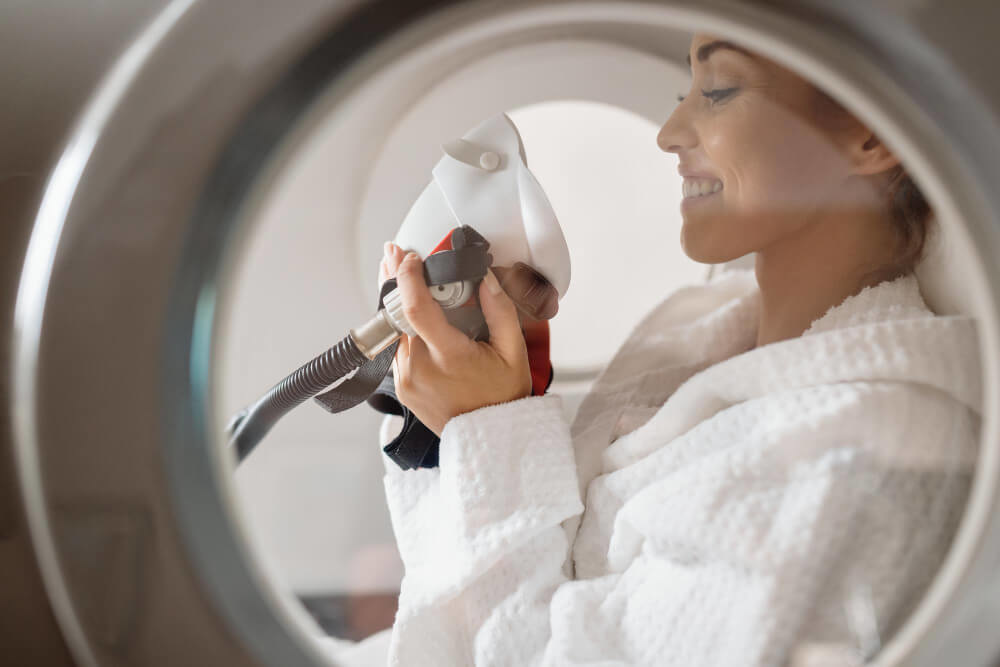
Can insulin and cortisol accelerate aging?
Not all hormones are about youth and vitality; some can accelerate aging when they are out of balance. Insulin’s job is to manage blood sugar by helping cells absorb glucose for energy. A modern diet high in processed foods and sugar can lead to chronically high insulin levels and eventually insulin resistance, a state where cells no longer respond properly. This condition is a precursor to type 2 diabetes and promotes body-wide inflammation, a major driver of aging.
Cortisol is our primary stress hormone. In short bursts, it’s incredibly useful, providing the ‘fight or flight’ response. However, chronic stress from work, poor sleep, and a hectic lifestyle can lead to constantly elevated cortisol levels. This chronic elevation breaks down muscle tissue, promotes belly fat storage, impairs immune function, and disrupts the balance of other beneficial hormones, effectively putting your body in a constant state of catabolic breakdown.

How Can Exercise Become Your Personal Hormone Optimizer?
While hormonal decline is a natural part of aging, its trajectory is not set in stone. The single most powerful tool you have to influence your hormonal environment is exercise. Physical activity is not just about burning calories; it’s a potent signal that tells your body to produce and regulate hormones in a way that promotes youthfulness and vitality.
Different types of training send different signals, allowing you to tailor your workouts to achieve specific hormonal outcomes. The right combination of exercise can naturally boost levels of testosterone and HGH, improve your cells’ sensitivity to insulin, and help manage the damaging effects of chronic cortisol. It is a direct and effective way to communicate with your endocrine system.
By engaging in regular, strategic physical activity, you can create an internal biochemical environment that resists age-related decline. This is the essence of hormone training: using movement as medicine to keep your body’s master regulators working for you, not against you. Understanding how exercise affects your hormones is the first step in harnessing this incredible power for a longer, healthier life.
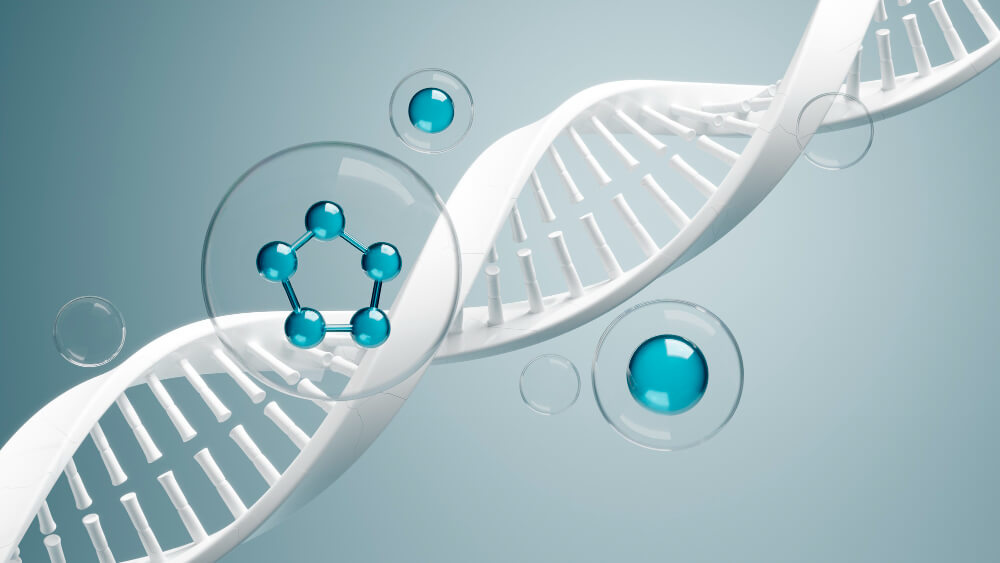
What Types of Workouts Best Support Hormonal Balance?
A well-rounded fitness regimen for longevity isn’t about doing one type of exercise exclusively. It’s about blending different modalities to create a symphony of hormonal benefits. Combining strength, intensity, and restorative movement provides the most comprehensive support for your endocrine system.

Why is strength training non-negotiable for longevity?
Lifting heavy things is one of the most powerful signals you can send to your body to fight the aging process. Resistance training, whether with weights, bands, or your own bodyweight, places a significant demand on your musculoskeletal system. In response, your body releases anabolic hormones to repair and build stronger muscles.
This type of exercise is a potent natural booster of both testosterone and human growth hormone. These hormones are critical for maintaining lean muscle mass, which is not just for looks. Muscle is a metabolically active tissue that helps regulate blood sugar and acts as a reservoir of amino acids. Preserving it is a key predictor of long-term health and functional independence. This is a core principle behind the exercise and hormone connection, emphasizing that building strength is synonymous with building a more hormonally robust body.
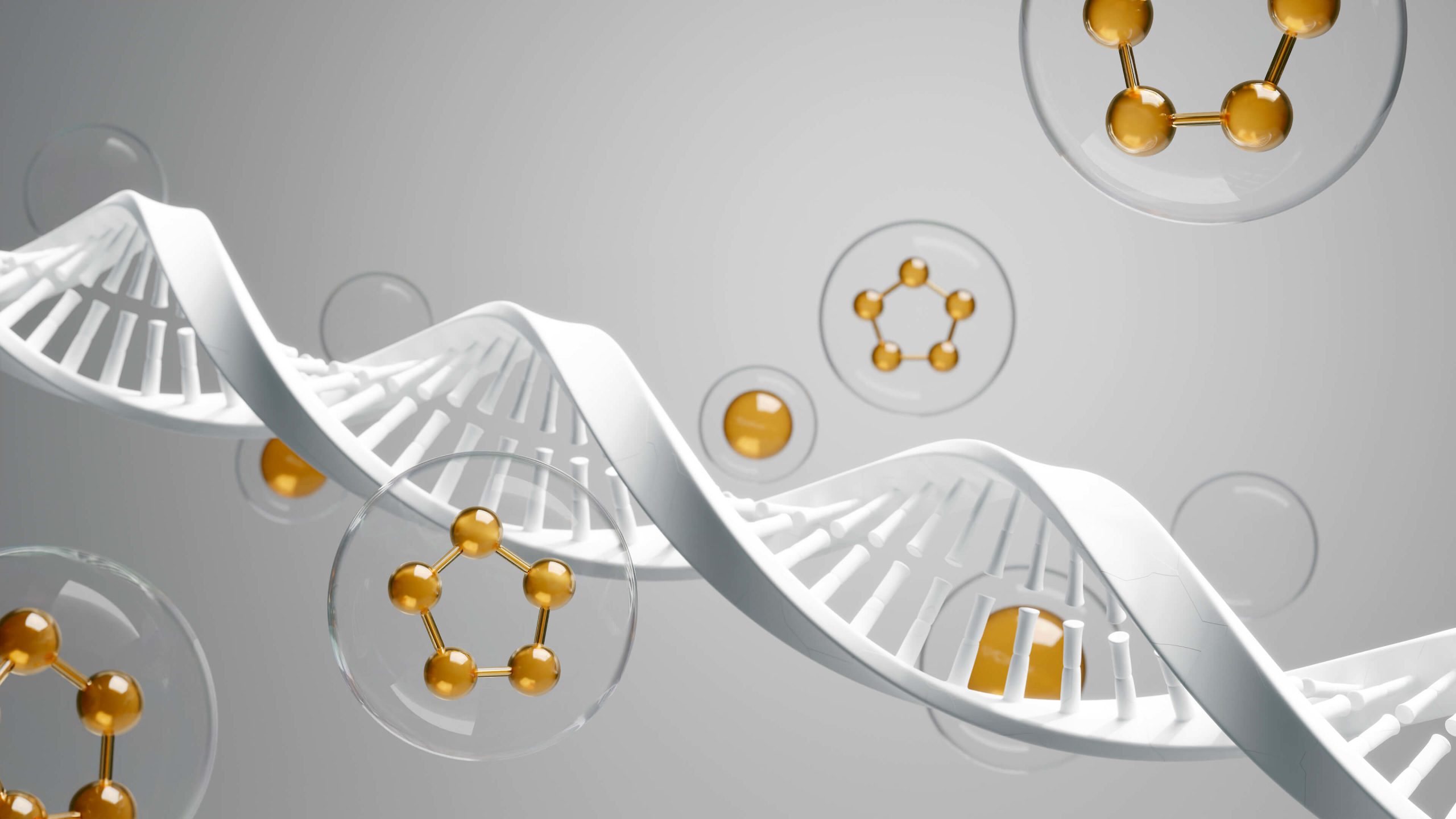
How does high-intensity interval training (HIIT) help?
High-Intensity Interval Training involves short bursts of all-out effort followed by brief recovery periods. This method is incredibly effective at stimulating a significant release of HGH. The intense metabolic stress created during the ‘work’ intervals signals the pituitary gland to ramp up production of this powerful repair hormone.
Furthermore, HIIT has been shown to be exceptionally good at improving insulin sensitivity. It helps your cells become more receptive to insulin, meaning your body needs to produce less of it to manage blood sugar effectively. This helps prevent insulin resistance and its associated inflammatory effects, making HIIT a time-efficient and powerful tool for hormonal health.
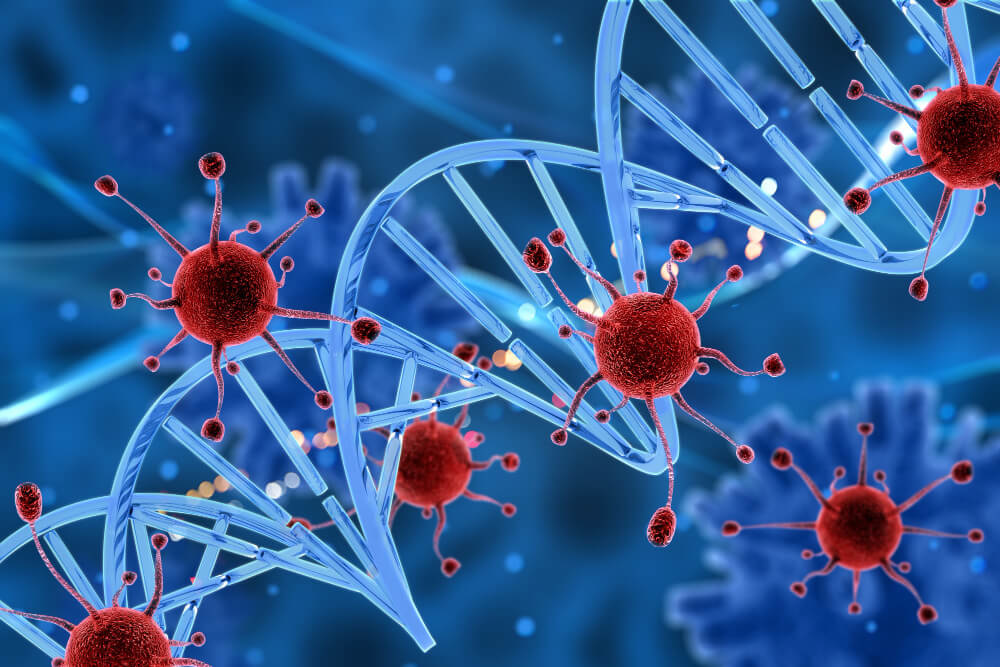
What is the role of endurance and aerobic exercise?
Steady-state cardiovascular exercise, like jogging, swimming, or cycling, plays a different but equally important role. While it may not provide the same anabolic stimulus as strength training, it excels in other areas. Aerobic activity is fantastic for improving heart health, increasing mitochondrial density, and boosting mood through the release of endorphins.
Crucially, consistent moderate-intensity exercise is a powerful weapon against a key driver of aging: chronic inflammation, often termed ‘inflammaging’. Research shows that regular physical activity helps lower systemic inflammatory markers. By keeping inflammation in check, you create a healthier internal environment that allows your hormones to function more effectively, as studies confirm that exercise reduces inflammaging.
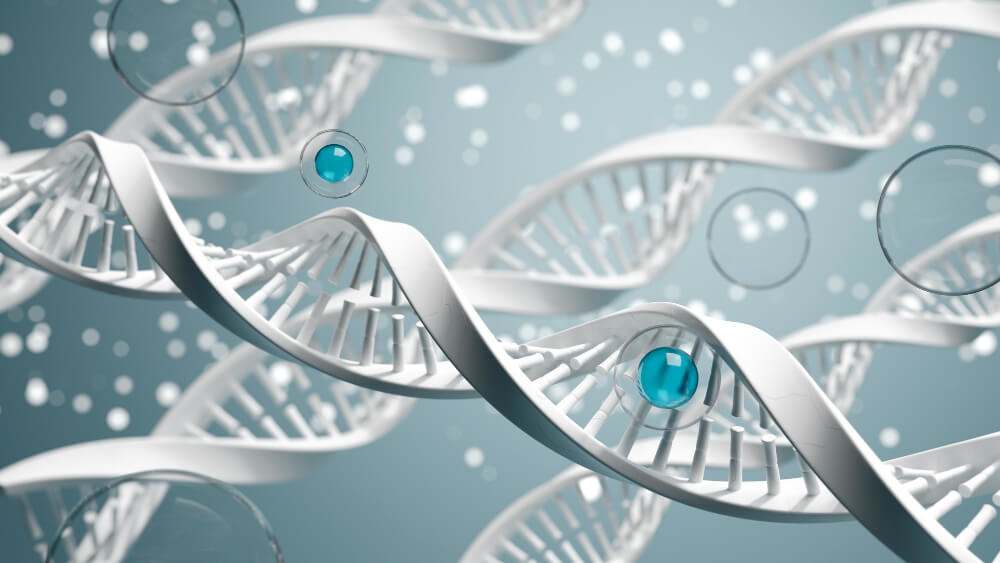
Why should you manage cortisol with mindful movement?
In our high-stress world, managing cortisol is just as important as boosting anabolic hormones. While intense exercise is beneficial, too much of it without adequate recovery can actually contribute to chronically high cortisol. This is where restorative practices become essential components of a balanced training program.
Activities like yoga, tai chi, and even long walks in nature help activate the parasympathetic nervous system, our ‘rest and digest’ state. This actively lowers cortisol levels, helping to mitigate the negative effects of chronic stress. Learning to balance high-intensity work with restorative movement is key to preventing the breakdown of muscle and the accumulation of abdominal fat associated with high cortisol.

What Other Lifestyle Factors Influence Your Hormones?
Exercise is a pillar of hormonal health, but it doesn’t work in a vacuum. To truly optimize your endocrine system for longevity, your training efforts must be supported by other critical lifestyle habits. A holistic approach that includes sleep, nutrition, and stress management will amplify the benefits of your workouts.

How does sleep impact hormonal regulation?
Sleep is not a passive state; it is a critical period of hormonal activity and regulation. The majority of your daily HGH release occurs during the deep stages of sleep. Skimping on sleep directly robs you of this vital repair and regeneration process, undermining the benefits of your training.
Furthermore, poor sleep disrupts your natural cortisol rhythm. It should be highest in the morning to help you wake up and lowest at night to allow you to sleep. Lack of quality sleep can lead to elevated cortisol levels throughout the day and night, promoting inflammation and hormonal chaos. Prioritizing seven to nine hours of quality sleep per night is one of the most effective anti-aging strategies available.

What role does nutrition play?
The food you eat provides the literal building blocks for your hormones. Steroid hormones like testosterone and estrogen are synthesized from cholesterol, making healthy fats from sources like avocados, nuts, and olive oil essential. Adequate protein intake is also non-negotiable, as it provides the amino acids necessary to repair and build the muscle you stimulate during strength training.
Nutrition is also your primary tool for managing insulin. By focusing on a diet rich in fiber, protein, and healthy fats while minimizing refined carbohydrates and sugars, you can maintain stable blood sugar levels. This prevents the hormonal roller coaster of insulin spikes and crashes, reducing inflammation and supporting a leaner body composition.
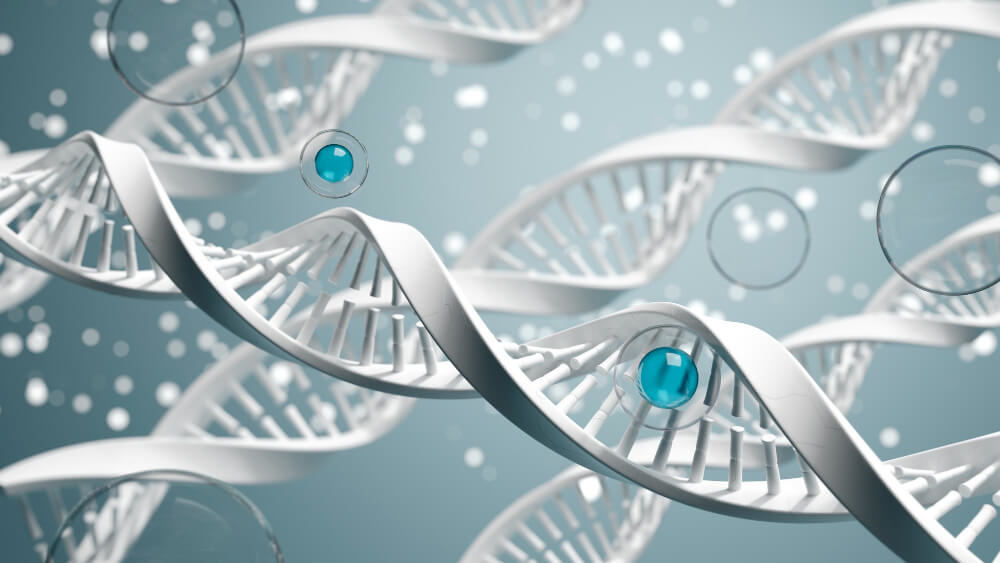
How does stress management fit into the picture?
As previously mentioned, chronic stress is the arch-nemesis of hormonal balance due to its effect on cortisol. Beyond mindful movement, incorporating other stress-reduction techniques into your daily life is crucial. Practices like meditation, deep breathing exercises, spending time in nature, or engaging in hobbies you love can all help lower cortisol.
Managing your psychological stress is just as important as managing your physical stress from exercise. A successful longevity plan addresses both. By creating a lifestyle that actively buffers stress, you protect your body from the catabolic, aging effects of cortisol and create a more favorable environment for your beneficial hormones to thrive.
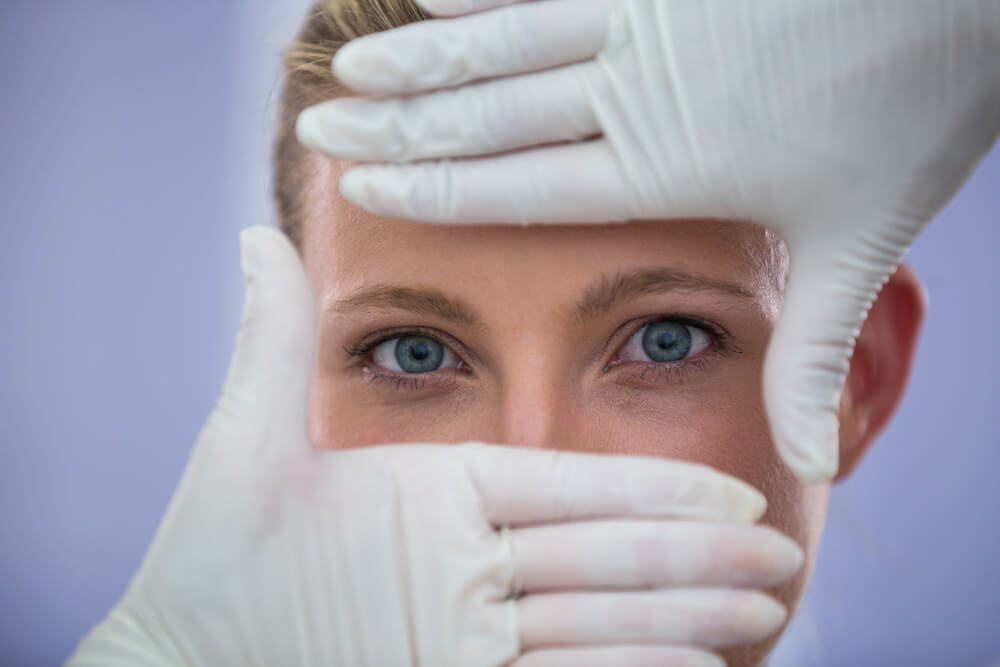
What if Lifestyle Changes Don’t Fully Restore Balance?
For many people, a dedicated program of strategic exercise, optimized nutrition, and lifestyle management can produce profound improvements in hormonal health and vitality. However, sometimes the natural age-related decline is too significant for lifestyle interventions alone to fully overcome. In these cases, medical support can be a powerful and transformative option.
When hormone levels have fallen below an optimal range and are causing significant symptoms, Hormone Replacement Therapy (HRT) may be a logical next step. This involves supplementing the body with bioidentical hormones to restore levels to a more youthful and functional state. This is not about creating unnaturally high levels, but about thoughtful restoration.
This path requires the guidance of a knowledgeable healthcare professional who specializes in age management and endocrinology. These practitioners understand the intricate balance of the endocrine system and how to approach treatment safely and effectively. For clinicians looking to master these protocols, pursuing specialized education such as a physician’s course on TRT and MHT for longevity is essential for providing the highest standard of care.
It is also a field that requires a careful understanding of the regulatory environment. Prescribing hormones for wellness and longevity purposes often falls into an ‘off-label’ category, which has its own set of guidelines and best practices. For practitioners, staying informed about the legal considerations for prescribing hormones for off-label longevity purposes is crucial for protecting both their practice and their patients.
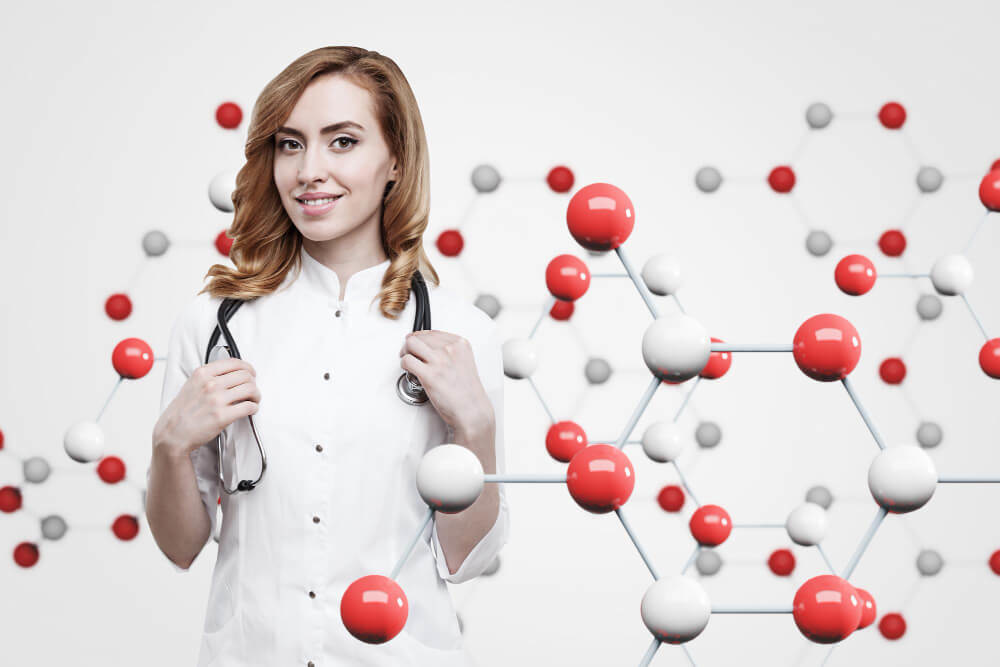
Why is advanced testing crucial for a longevity strategy?
You cannot effectively manage what you do not measure. A successful and safe longevity plan, especially one that may involve medical intervention, is built on a foundation of comprehensive data. Standard blood panels often provide a limited snapshot of your health and may not catch the subtle imbalances that precede more serious issues.
Advanced testing goes deeper, looking at a wide array of biomarkers to create a detailed picture of your hormonal and metabolic health. This includes measuring specific hormone levels like free and total testosterone, estradiol, DHEA-S, and IGF-1 (a proxy for HGH). It also involves assessing inflammatory markers and nutrient deficiencies.
Furthermore, understanding your cardiovascular risk is paramount, as it is closely tied to hormonal health. Standard cholesterol tests can be misleading. That’s why forward-thinking clinicians utilize more sophisticated testing to get a complete picture. Investing in education like advanced lipidology training for preventative care allows providers to more accurately assess and manage cardiovascular risk, a cornerstone of any credible longevity strategy. This data-driven approach allows for a truly personalized and proactive plan.
Your journey toward a longer, more vibrant life is one of empowerment. It begins with understanding the profound connection between your hormones and how you age. By harnessing the power of targeted training, supportive nutrition, and smart lifestyle choices, you can take significant control over your healthspan. This proactive stance, combined with advanced testing and expert guidance when needed, provides a clear roadmap to maintaining your vitality for decades to come. The power to optimize your biology is within your reach.
Frequently Asked Questions

Why is specialized training necessary for prescribing hormone therapy to older adults?
Prescribing hormonal therapies to seniors is significantly more complex than for younger patients due to age-related physiological changes and a higher prevalence of comorbidities. Specialized training provides clinicians with the nuanced understanding required to properly assess the unique risk-benefit profile for each individual. This knowledge is crucial for navigating issues like polypharmacy, altered drug metabolism, and the increased baseline risk for cardiovascular events and certain cancers.
Effective training programs focus on evidence-based, individualized dosing strategies, emphasizing the principle of using the lowest effective dose for the shortest necessary duration. Clinicians learn to recognize subtle adverse effects that could be easily missed or misattributed to aging. This advanced skill set ensures that therapy is not only initiated safely but also managed appropriately over time to maximize benefits while proactively mitigating potential harm.

What are the most critical factors to consider before starting an older adult on hormone replacement therapy?
Before initiating therapy, a comprehensive medical evaluation is non-negotiable, with a strong focus on cardiovascular and oncologic risk factors. This includes a thorough assessment of blood pressure, lipid levels, and a detailed personal and family history of blood clots, stroke, or heart disease. A careful review of cancer history, particularly for hormone-sensitive cancers like breast, uterine, or prostate cancer, is also essential for safe prescribing.
Beyond clinical data, it is vital to establish clear therapeutic goals and manage the patient’s expectations regarding symptom relief. A complete medication review must be conducted to identify potential drug interactions that could compromise safety or efficacy. Furthermore, assessing the patient’s cognitive and functional ability helps ensure they can adhere to the prescribed regimen and report any new or worsening symptoms accurately.

How does ongoing patient monitoring differ for seniors on hormonal therapies?
Ongoing monitoring for older adults on hormonal therapies must be more frequent and rigorous compared to that for younger individuals. Initial follow-up should occur within the first few months of treatment to assess tolerance and initial efficacy, followed by regular check-ins. This monitoring extends beyond hormone levels to include vigilant surveillance of blood pressure, metabolic panels, and any signs of fluid retention or thromboembolic events.
Furthermore, clinical surveillance must be heightened for subtle side effects that could be masked by or mistaken for the aging process itself. Regular, age-appropriate cancer screenings, such as mammograms and prostate-specific antigen (PSA) tests, become even more critical during treatment. Open and consistent communication is key, empowering patients to report any new symptoms immediately to allow for timely intervention and dose adjustments.
Ready to lead the future of medicine? Discover the most comprehensive functional medicine training, longevity training, and biohacking certification programs designed specifically for healthcare professionals, medics, and clinic owners who want to master regenerative medicine protocols and anti-aging therapies. Elevate your practice with Talking Longevity.


